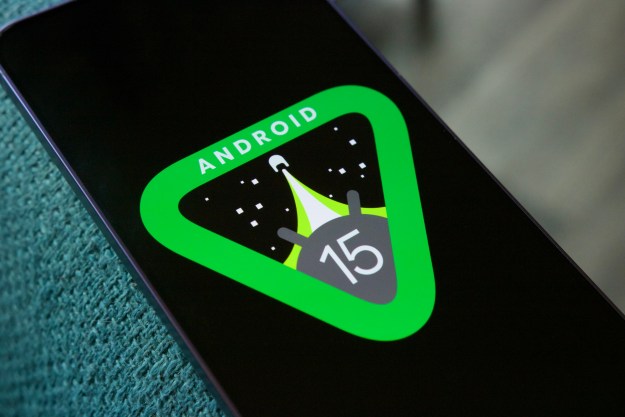Although retailer Best Buy jumped the gun a little bit, Sprint has formally launched its first Android device in the form of the HTC Hero, a highly-customizable smartphone with a 5 megapixel camera, 3.2-inch touchscreen display, a virtual QWERTY keyboard, and support for up to 32 GB of removable storage—and, of course, it’s running Android, which means it comes with built-in access to Google services (like Google Maps, Gmail, and YouTube) plus access to the growing Android market to feed user’s need for applications.

The HTC Hero features a 3.2-inch capacitive touchscreen display, a video-capable 5 megapixel camera, a microSD slot for up to 32 GB of removable storage, integrated GPS, Bluetooth 2.0, and a trackball for easy navigation and scrolling. The HTC Hero also features an accelerometer and light sensor that help fuel innovative features; for instance, the Hero can be silenced just by turning it over. The Hero’s interface is built around HTC Sense, which lets users set up different “Scenes” for different aspects or roles in their lives: a “Work” Scene might feature email and a calendar, where a “Geocaching” scene might have weather updates, music, and maps at the ready—along with Twitter feeds from fellow geocachers. Scenes are designed to be fully customizable by the user to bring information they need right to the home screen. The Hero also features HTC Footprints, which enables users to create location-tagged digital postcards on their phones, with a picture, notes, or an audio message.
Sprint is offering the HTC Hero for $179.99 with a two-year service contract. That price is after both a $100 mail-in rebate and $50 “instant savings” deal.
Editors' Recommendations
- This Android phone is a surprisingly great buy at $100
- Motorola launched two great Android phones, but one is better
- The camera on this Android phone is confusing, but I love it
- HMD’s first phones just leaked, and I’m mighty disappointed
- Android 15 release date: When will my phone get the update?



